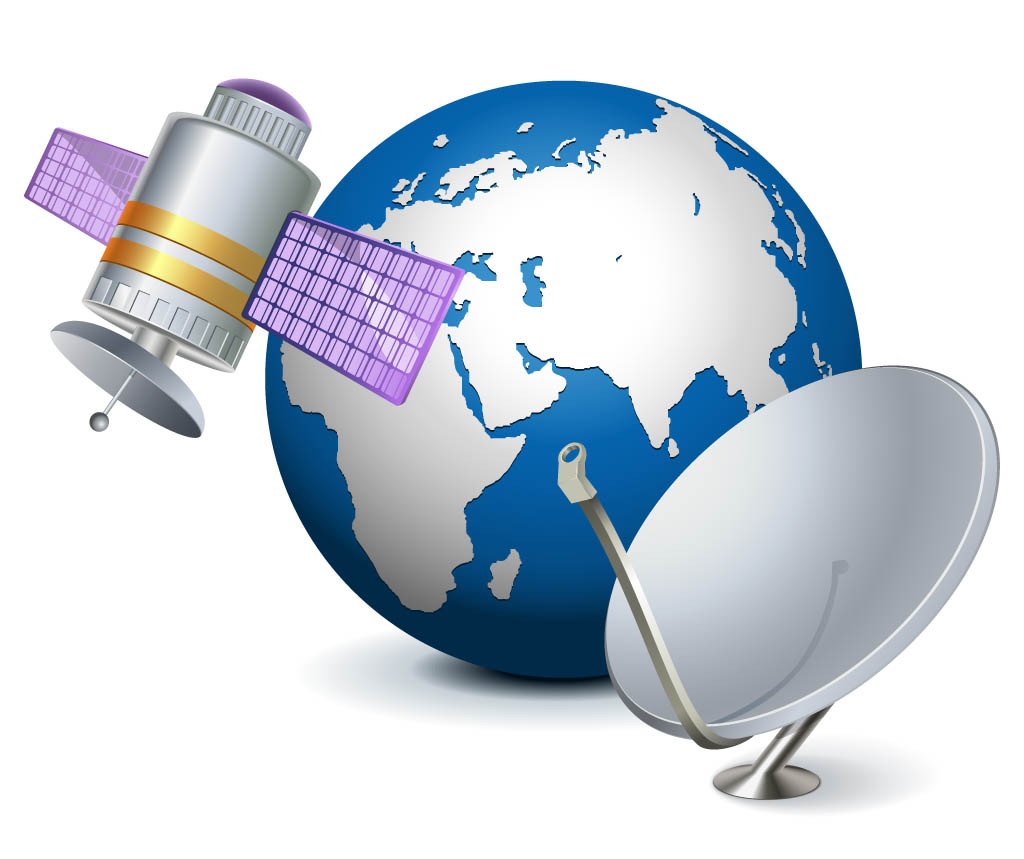
The free satellite system broadcasts using the C-band (frequency transmission for satellite communications using 5.925 to 6.425 GHz uplinks and 3.7 to 4.2 GHz to perform… Free satellite TV is a term used to describe satellite signals used. You can officially download it on your own television, even without registration. Unlike traditional programs, free satellite TV does not encrypt signals. Instead, it uses MPEG-2 to integrate received signals. used satellite communications using 5.925 to 6.425 GHz for uplinks and 3.7 to 4.2 GHz for downlinks). up to 14.5 GHz on uplinks and az adds 11.7 to 12.7 GHz to the downlinks. Uplinks are signal channels from earth channels to satellites. Downlinks, on the other hand, are signal channels that travel from one satellite to the earth. Free-air s satellite TVs enable you to download a variety of non-recorded broadcasts with any suitable receiver. You should not confuse free satellite TV with FTV (or free viewing) because FTV programs also come free of charge, but are encrypted. This means that having free TV programs on your TV can limit the variety of broadcasts, depending on your location. Free satellite TV programs can be obtained even without paying a monthly fee from broadcasters. Air-conditioning systems are often used in international broadcasts. To get free satellite TV channels, you need to have a satellite dish (either K-band or C-band), a free-to-air satellite or a compatible PC card, LNBF (low volume block with integrated feedhorn), and an antenna motor, if you wish to capture channels on different satellites, instead of using only one satellite. More systems used C-band satellite dishes. , a few meters wide, in receiving signals. However, modern vessels use Ku-band and other vessels less than one meter in international DVB standards (or digital video streaming). U.S. satellites manage many signals from the international DVB. As a result, free satellite TV channels can be distributed on multiple satellites. When this happens, you need more “low volume blocks” to get all the channels you want. Free satellite TV, no matter what type of container system is used, is a good option if you are in a weak area. -receiving air.
[be-booster-favourites]